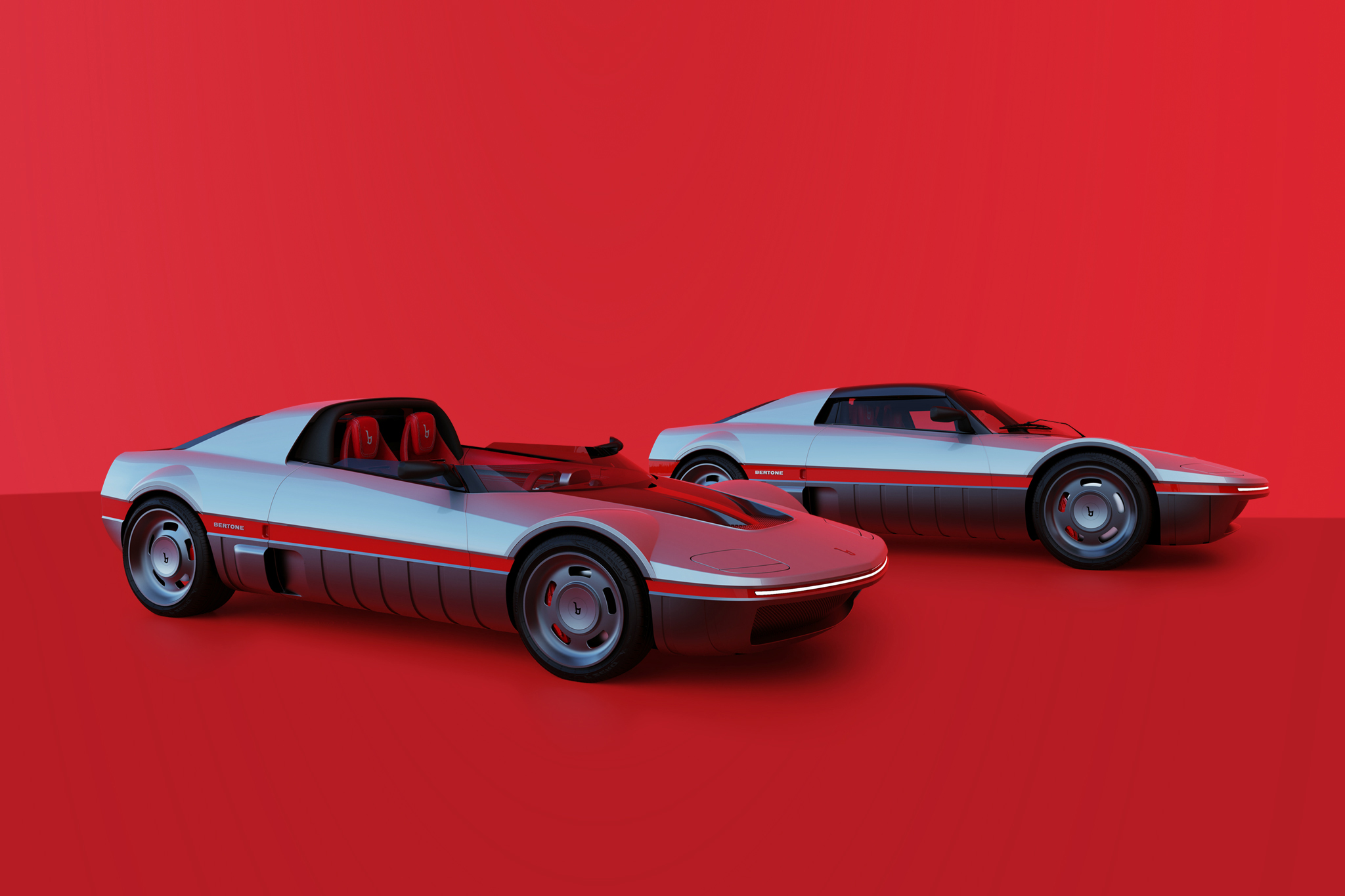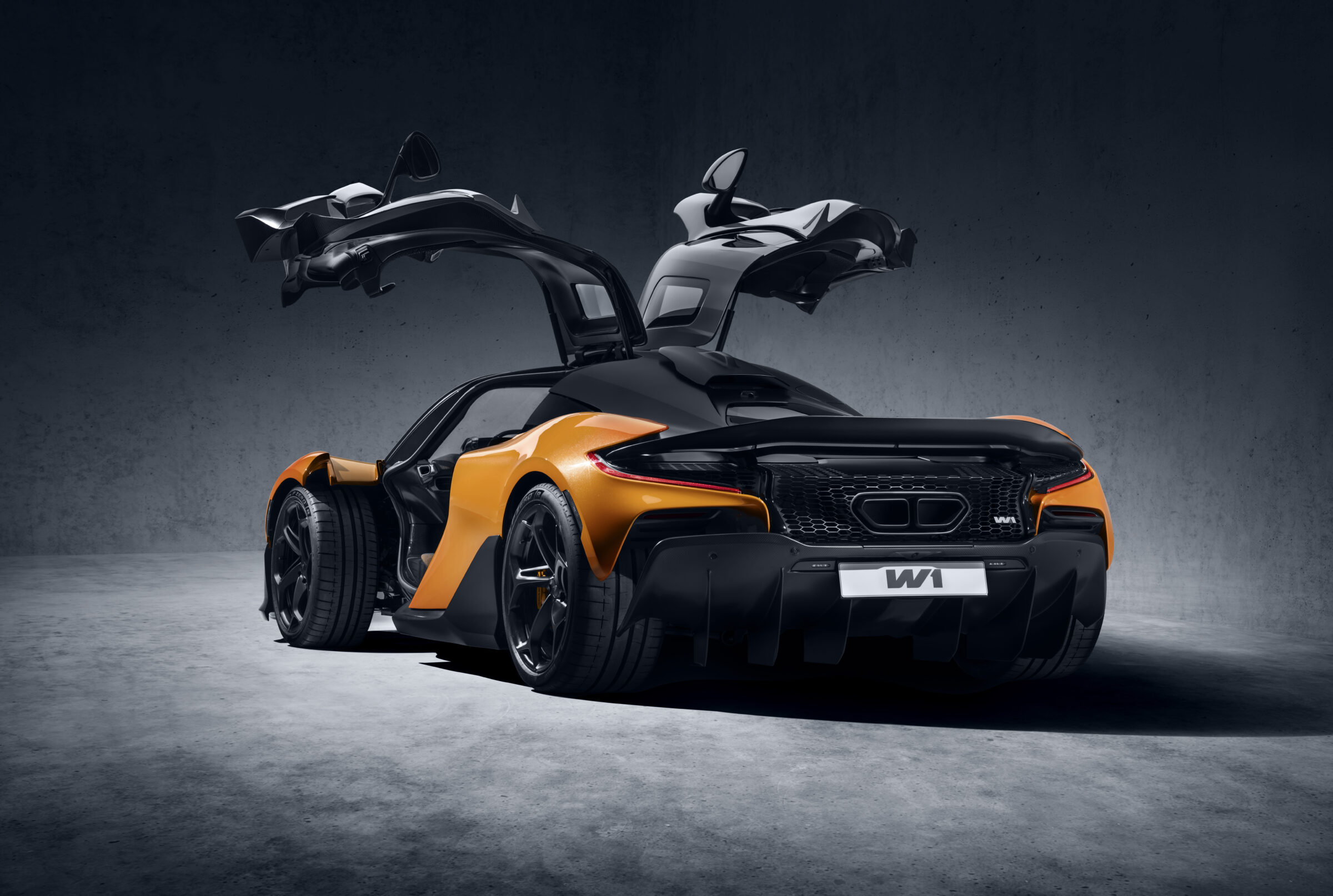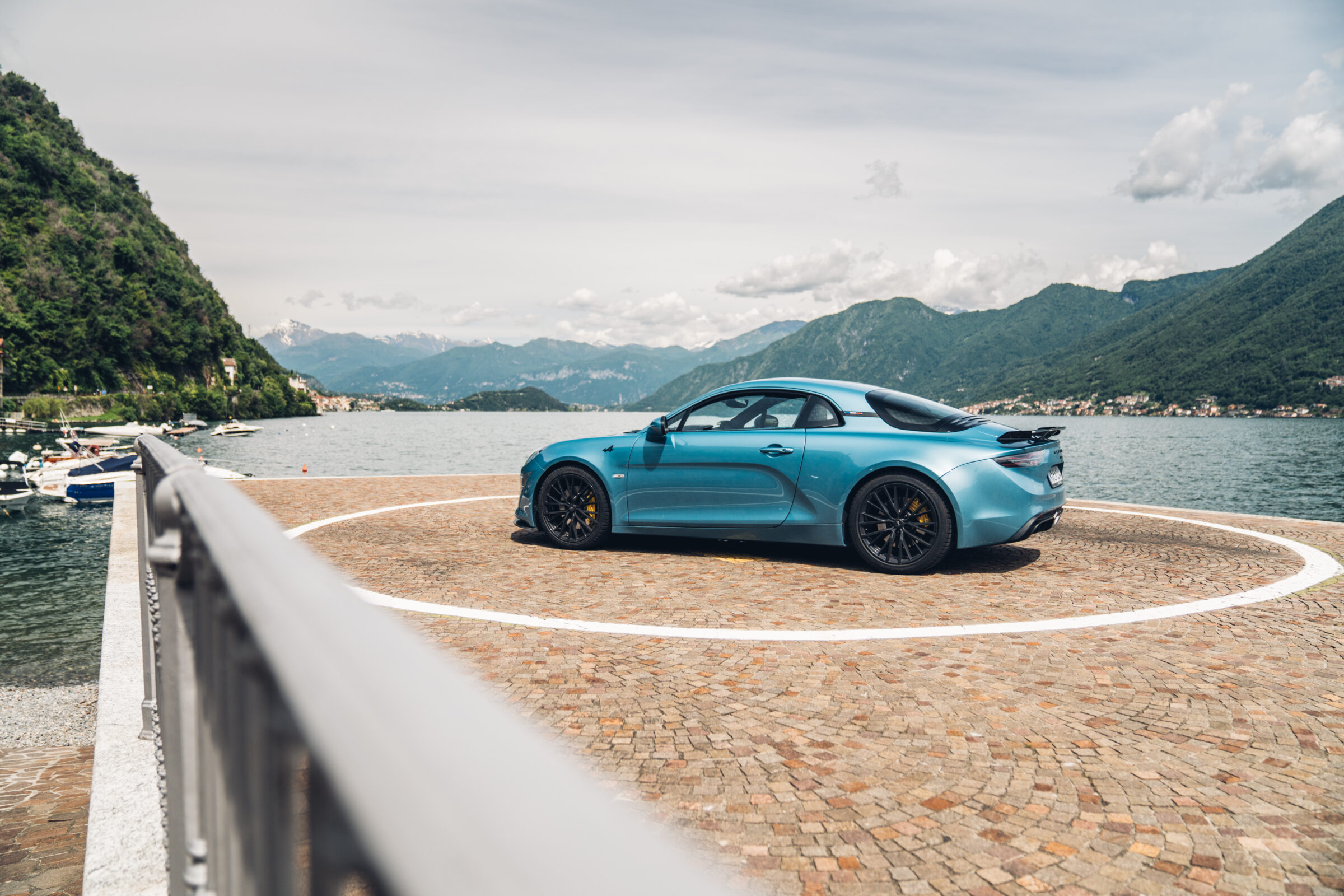100 Years of Citroën Type A 10 HP
What are your first thoughts when the French brand Citroën comes up? Do you think of the rudimentary and world-famous 2CV, the Traction Avant which was beloved by gangsters and normal drivers, the SM coupé with Maserati technology or the divine DS? Some of our readers might even have gained experience behind the steering wheel or in the passenger seat of a Citroën. However, only few will realize that this great French brand will celebrate its 100th anniversary in 2019 – unless you have already taken it from the current Citroën advertising. It all started when André Citroën dreamed of an affordable car that was not only cheap to buy, but also in the subsequent running costs. The company founder came from the sector of mechanical engineering and in 1900 on a journey through Poland acquired a patent for gear-cutting machines, which could produce arrow-formed gears. This arrow-toothing led to the brand logo of his own company Citroën, which he founded after the end of World War 1 with the money he had earned during the war years by producing about 23 million shrapnel grenades. With the Type A 10 HP, he and his team not only created the first vehicle in the brand’s history, but also the first French car in mass production. At the same time it was the first French vehicle with the steering wheel on the left side.
Visually, the Citroën Type A clearly corresponds to the then common design features with a long bonnet, vertical windshield, foldable fabric top and free-standing fenders. While passengers could only board the rear of the vehicle through a narrow door on the right-hand side, on the left is fully mounted spare wheel mounted on the outside of the body. Front doors are installed on both sides. In addition, Type A already had an electric starter and electric lighting as standard from the start of production. Inside, the car is unusually poorly equipped from today’s perspective with only one round instrument for the battery voltage behind the steep steering wheel, a switch, the gear selector lever and three pedals. Self-evident things of today, such as airbags, seat belts, individual seats, ventilation and air-conditioning or even a display for infotainment functions were at that time unthinkable ideas from science-fiction novels (if anyone thought about such a thing in 1919). Even a speedometer or a rev counter can’t be found. No wonder, as in the vast majority of countries horse and oxen carriages were still common, whose topspeed wasn’t that high. In France, the increasing use of automobiles eventually led to various accidents, discussions on traffic rules and finally to a special act of André Citroën: In 1921 he donated 165,000 traffic signs to be installed throughout the entire country. At the same time, he already had more than 300 dealers in France alone and also offered leasing contracts and rental cars.






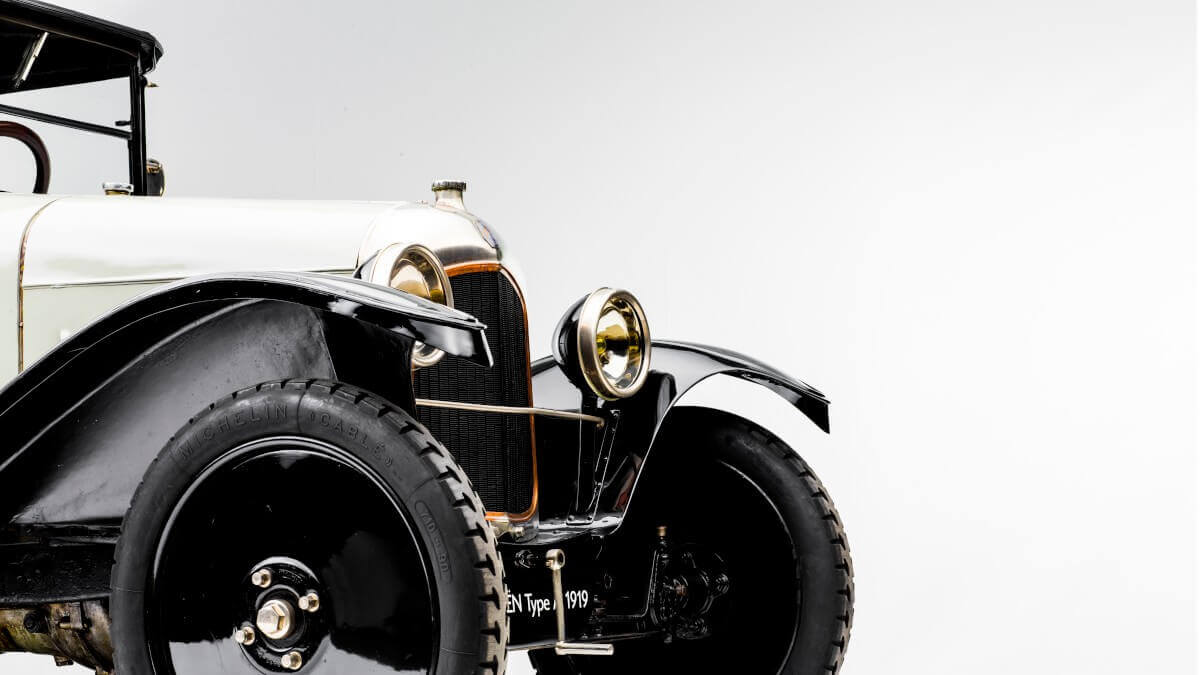



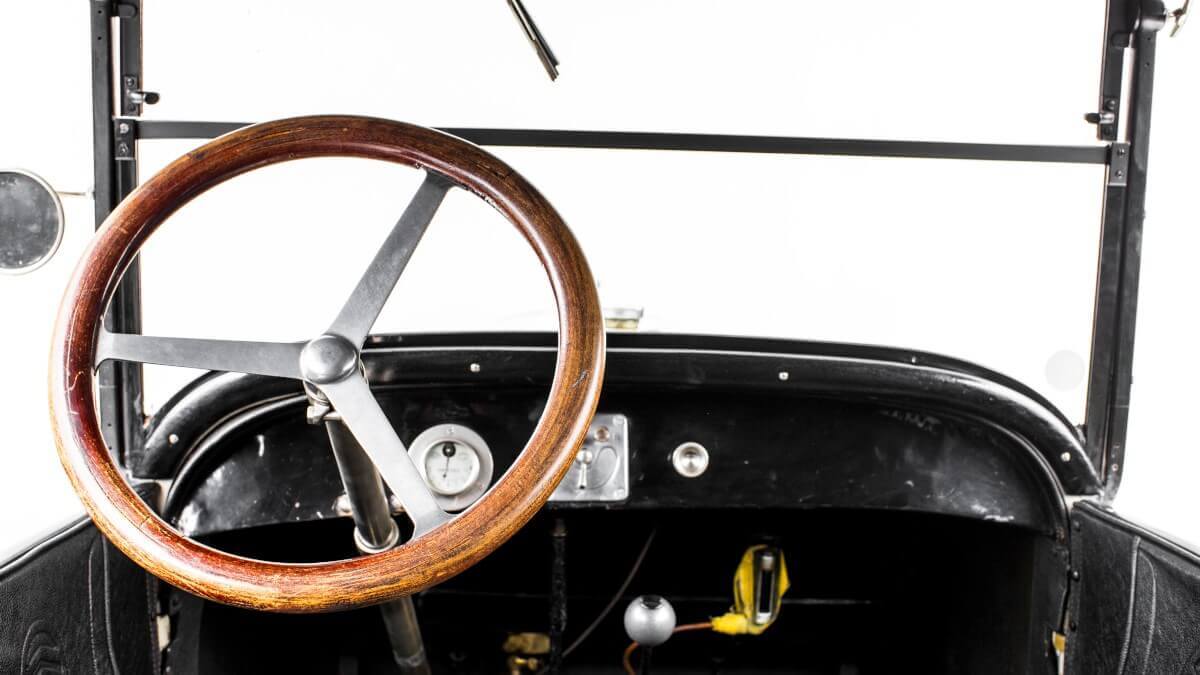







On June 4, 1919, André Citroën presented the Type A 10 HP on the Champs-Elysees in Paris for the first time in public. Thanks to a base price of just 7,950 francs, he soon had plenty of orders in his hands. Under the bonnet sat a 1.3-liter four-cylinder engine made of aluminium, which developed 18 hp at 2,100 rpm. Thus, a topspeed of 65 kph (40 mph) was possible, while the average fuel consumption was 7.5 liters per 100 kilometers. The designation of the Type A 10 HP refers to the French tax classes, after which 10 of the 18 horsepowers had to be taxed.
In addition to the Torpédo body shown in our gallery, Citroën also offered ex works an open City Coupé, a closed Doctor Coupé, a taxi version and a flatbed with a payload of 300 kilograms. Added to this were delivery vans and ambulances. As early as 1921, a successor model was presented with the B2. Until the production changed to this, Citroën had produced 24,093 copies of the Type A 10 HP.
Images: Citroën, Matthias Kierse


